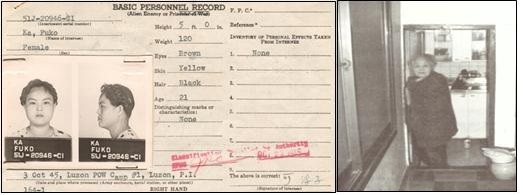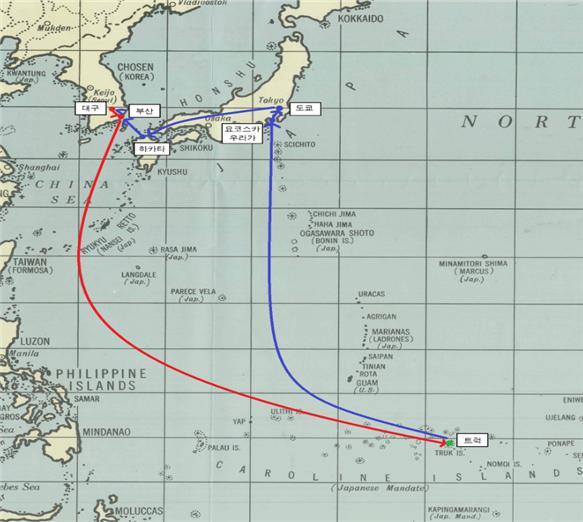 |
|
A photograph containing the image of Lee Bok-soon was found in recently discovered documents showing that Korean comfort women were present on the Chuuk Islands during World War II. (provided by Seoul City)
|
The documents were unearthed by a research team from Seoul National University
In 1943, a 17-year-old employee at a sewing factory in Chilgok, North Gyeongsang Province, boarded a boat to the Chuuk Islands, trusting someone who told her about a factory there where she could earn more money. Part of the Federated States of Micronesia, the Chuuk Islands were a major base for Japanese naval fleets during the Pacific War. At the time, many Koreans were forced into working on base construction there. Numerous witnesses have recalled seeing Korean comfort women on the islands at the time, but no historical records on their actual victimization had been found – until now. On Dec. 11, the city of Seoul and the research team of professor Chung Chin-sung of the Seoul National University Human Rights Center announced the discovery of evidence showing that 26 Korean comfort women had lived on the Chuuk Islands. The materials included US combat logs, a passenger list for the Ikino (an escort ship carrying Korean comfort women survivors home), photographs from their return, and New York Times articles. Survivor Lee Bok-soon returned to Korea on board the Ikino in 1946 after three years as a comfort woman. According to the combat logs of US troops, Koreans accounted for 3,483 of the 14,298 people returned to their home countries on the Ikino. The number included 190 soldiers, 3,049 navy laborers, and 244 civilians. Among the people returning to Korean with lee on the ship were 26 other Korean comfort women survivors and three children. The materials discovered also revealed the existence of other victims not officially registered as comfort women survivors. Ha Bok-hyang, a native of Gyeongsan in North Gyeongsang Province, was a 15-year-old in 1941 when she followed a tip about a position at a factory, only to end up forced to work as a Japanese military comfort woman in Manila. Her victimization remained a secret after Ha died in 2001, which occurred before her registration as a comfort women survivor. But the SNU Human Rights Center’s recent discovery of a prisoner-of-war interrogation card for a comfort woman survivor who was taken to the Philippines showed a record that Ha had been found by US troops on the island of Luzon on Sept. 14, 1945, and then kept at the first prison camp on Luzon before boarding a ship home. Although she was listed under the name of Kafuko, the research team confirmed her identity by comparing photographs and fingerprints from Ha.
 |
|
A prisoner-of-war interrogation card showing comfort woman Ha Bok-hyang, and a photo taken just before her death in 2001. (provided by Seoul City)
|
 |
|
A map showing the journey of comfort woman survivor Lee Bok-soon’s arduous journey to and from the Chuuk Islands during the 1940s. (provided by Seoul City)
|







